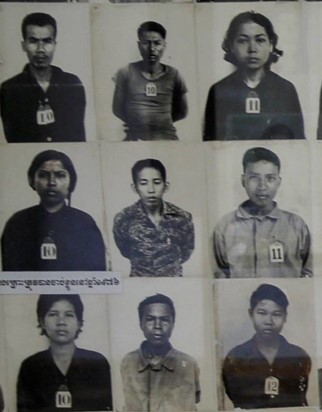Mazzalovo visited the Kudichin Museum in Thonburi and was perplexed by one poster that showed the evolutionary facial progression of a Portuguese soldier into the gentleness of a Siamese person. “You have this kind of morphing of a serious Portuguese soldier’s portrait into the face of a Siamese man with softer expression,” he said. The museum trip piqued his curiosity, which led him to delve deeper into the comparative analysis of two poster images in Southeast Asian museums respectively in Bangkok and Phnom Penh.
A French-Italian brand expert and Fellow at Sasin School of Management, Dr. Gérald Mazzalovo, discussed a chapter of his forthcoming book on Exoticism, “Exotic Faces: Asian Examples of Ethnic and Ideological Homogenization,” during a research seminar held at Sasin. His methodology involved employing structural semiotics and the notion of exoticism to analyze the contrasting elements depicted in the 2 documents.
 Photo Courtesy of Kudichin Museum: Siam Portuguese Origin
Photo Courtesy of Kudichin Museum: Siam Portuguese Origin
 Photo of Tuol Sleng prisoners, courtesy of Tuol Sleng Genocide Museum
Photo of Tuol Sleng prisoners, courtesy of Tuol Sleng Genocide Museum